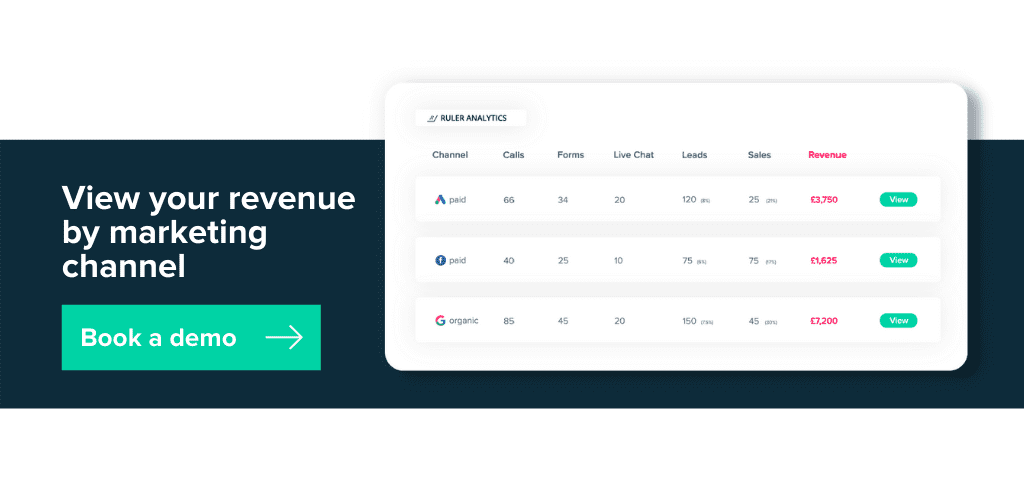If you work in SaaS then you’ll likely be tracking monthly recurring revenue. We explore what it is and the best way to improve it on a consistent basis.
SaaS (software as a service) professionals have to sell consistently each month. But they also need to ensure they’re selling to customers who will continue to purchase month after month.
While SaaS professionals track a whole multitude of metrics, there’s one that stands out. Monthly recurring revenue is a key statistic on any dashboard.
In this blog you’ll learn:
So, let’s get stuck in.
Monthly recurring revenue, or MRR, is the regular income you receive in exchange for access to your product or service as part of a set contract.
Hubspot breaks the definition down as follows:
MRR is a vital metric because it highlights how much revenue you can expect to earn each month. As your business grows, your MRR will grow. Since MRR captures recurring revenue, SaaS companies using subscription and service-based business find it particularly useful to track.
You can track just your overall MRR, or you can break it down. You could track net MRR or churn MRR. These will help you get an idea of how your business fluctuates and moves month on month.
Calculating MRR is easy. Just multiply the number of monthly subscribers by the average revenue per user (ARPU).
If you have subscriptions under annual plans then MRR is calculated by dividing the annual plan price by 12. You then multiply that figure by the number of customers on the annual plan.
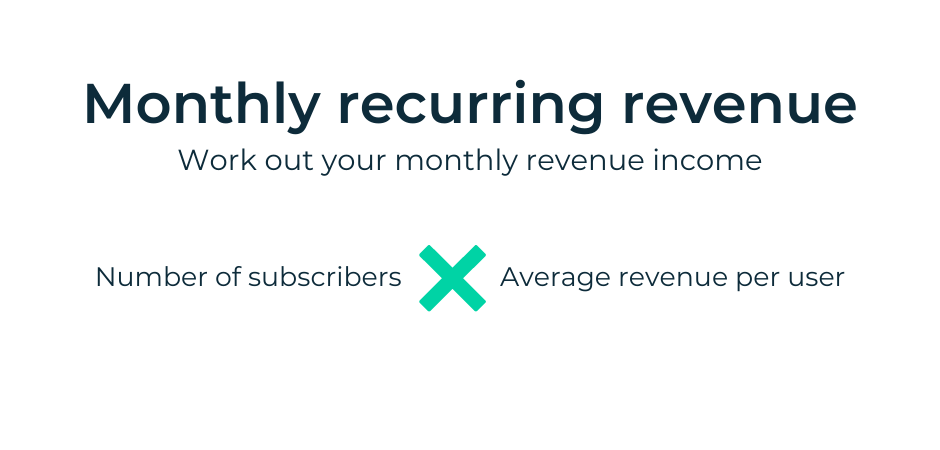
Let’s use an example to better explain.
Your business has 100 customers on a monthly plan and 10 on an annual plan.
The ARPU is £500.
£500 x 100 equals £5,000.
Meanwhile, the annual plan is £4,800. This divided by 12 for the monthly figure is £400. £400 x 10 equals £4,000.
The final calculation is to add £5,000 and £4,000 which leaves you with monthly recurring revenue of £9,800.
You probably want to scale your business right? But, you might not be sure how to go about it.
And that’s not surprising.
There are so many marketing and sales tactics out there that you could try. How do you know which is right for you? And more importantly, which one is going to give you the greatest return?
For us, attribution is the missing link. It’s the only way to definitively prove how much revenue you’re driving through your marketing.
Firstly, let’s look at what attribution is.
Marketing attribution is a way of measuring the performance of your marketing efforts by correlating closed sales revenue back to the channels, campaigns, ads and keywords that influenced it.
Related: Complete guide to marketing attribution
It works by connecting the dots between anonymous website visitors, leads and sales.
Ruler is a marketing attribution tool and it works like this.
A user visits your website multiple times. Ruler scrapes all the necessary marketing data from them including which pages they engage with when they visit and the source of their visit.
When that user converts into a lead, Ruler fires all the data it has over to your CRM (or wherever you keep your lead data).
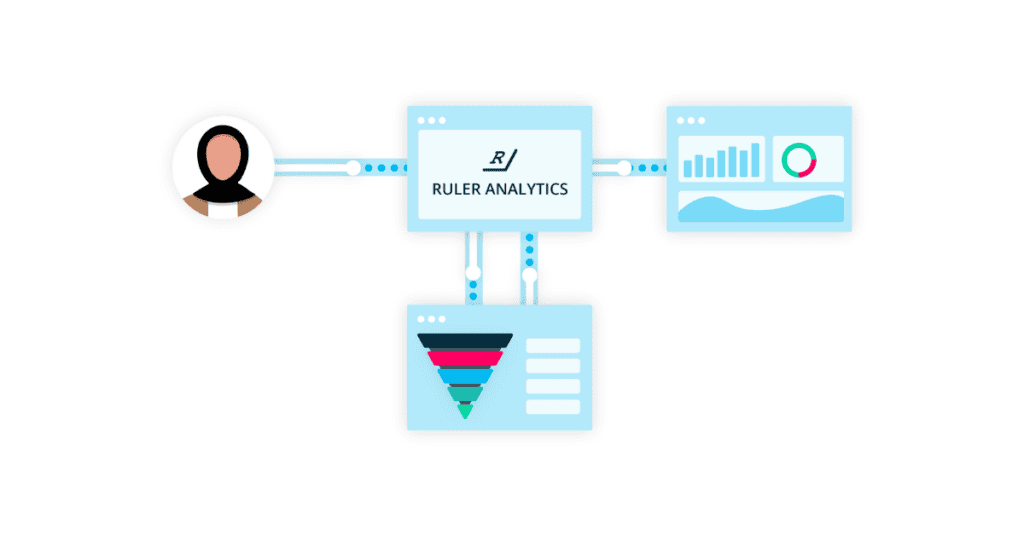
There, you can see the true first source of that lead.
Ruler will continue to track that lead and add data to them.
When they eventually convert into a sale, whether that’s in a month or a year, Ruler will scrape the revenue data against them in your CRM and fire it over to your analytics tools. There, it will use the historical data to accurately attribute that revenue to the influencing marketing channels, campaigns, ads and keywords.
It leaves you with revenue data in the apps you want and a solid understanding of how your marketing is working to drive revenue.
Related: Best marketing attribution tools to try
So how can this data help you improve your MRR?
The obvious use of this tool is that you can easily see which marketing channels and campaigns are driving more revenue.
It might be that you’re using paid social to drive new leads. But, you’re not sure how Instagram is performing compared to Facebook.
Your Facebook ad converted 50 leads. Meanwhile, your Instagram ad converted 20 leads.
Now, if you were looking just at lead generation, you would think that Facebook performed better.
But if we add in revenue, it’s a very different story.
Only 5 of your leads from Facebook converted, generating £5,000 of revenue. But your Instagram ad led to 8 sales from 20 leads, resulting in £8,000 of revenue.
With an attribution tool, you can see how many leads those ads are converting. But, more importantly, you can prove how much revenue you ultimately end up driving.
So, you would see Instagram is working better, and so you might turn off your Facebook ads to improve your conversion rate.
⚡️ Pro Tip
We specialise in marketing attribution. We support businesses to continually prove and improve the impact of their marketing.
Read exactly why you need to integrate Ruler to your marketing stack.
Related: Everything you can see in Ruler Analytics
What does this look like in Ruler? Why don’t we show you!
You’ll get access to a whole host of different reports which list your traffic, your lead volume and closed revenue.
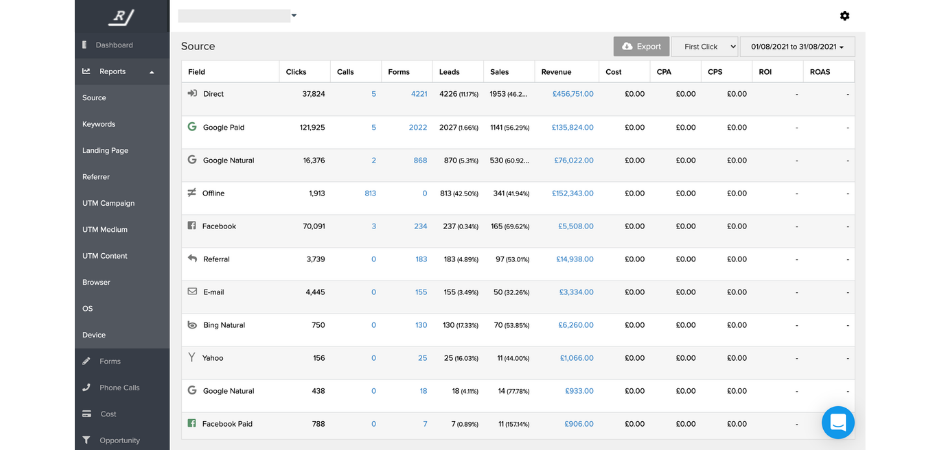
This is just one report available in Ruler. There are plenty more that help you get granular with your marketing reporting.
An important way for businesses using MRR to scale is to up their ARPU (average revenue per user).
But how do you find potential customers who will convert into a higher payment bracket?
Well, with marketing attribution you can start getting granular with your data.
Let’s look at a Facebook ad compared to a PPC ad now.
Both ads generate a total of 60 new leads for your business.
Now at first glance, you might think that Facebook is performing better than PPC. But we’re only looking at leads generated.
What about when we add in revenue?
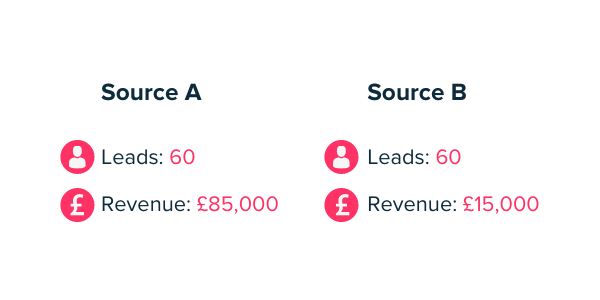
Facebook generated £85,000 from 60 leads while PPC generated £15,000.
From this, we can assume that Source A is much more valuable to us.
Related: How Ruler affects your paid strategy
Your marketing might be working well to drive new leads via form submissions, phone calls or live chat, but they might be stopping there.
Let’s say you’ve set live a new PPC campaign and it’s driven 100 new leads, but only converted 1. That’s a very low conversion rate and so could be a good opportunity to develop your marketing.
Perhaps your sales team aren’t following up effectively with leads? Perhaps your PPC targeting needs tweaking to hit a more niche audience?
By looking at your current customers and assessing these against new leads, you can critique how well they fit your target audience.
And by getting a full picture of the results of your marketing efforts, you can make quick and easy decisions to optimise your outputs.
Note ✏️
Ruler clearly displays all the stats you need right in its dashboard. But, it also fires it out to your analytics tools. So, if you prefer analysing your web and content performance in Google Analytics, that’s ok, we won’t be offended!
Learn more about how we integrate to send revenue data to Google Analytics.
Marketing attribution is a fantastic tool for marketers looking to scale their business without having to implement large advertising budgets.
By keeping an eye on what works and directing time, money and resources to that, you can streamline your outputs and promote better marketing.
Read more on how Ruler attributes revenue to your marketing, or take a look at everything you can see in Ruler Analytics.
And remember, while attribution incurs a monthly cost, the amount you stand to gain in streamlined ad budgets and increased MRR makes it worth the investment.
Book a demo here to see the data in action and start scaling your business today.
